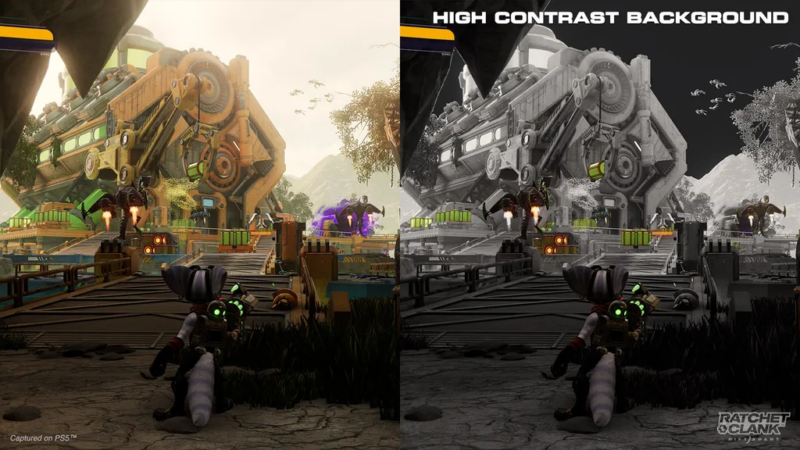How game-makers are catering to disabled players

Enlarge / The high-contrast backgrounds in Ratchet & Clank: Rift Apart are just one of the more prominent examples of game designs tuned for the visually impaired. (credit: Sony)
According to a recent study, more than 2 percent of the US population can't play video games due to poor accessibility options. This same study suggests more than 9 percent are unable to enjoy the traditional gaming experience because of visual, cognitive, or physical impairments. Additional research suggests 20 percent of the casual gaming audience is disabled in some fashion.
That amounts to millions of disabled players who are locked out of games because of a lack of support. But after decades in which accessibility options were absent or an afterthought, game developers in recent years have shown an increasing willingness to cater to this audience explicitly.
The Last of Us Part 2 launched in 2020 with a wide array of heightened accessibility options, for instance. Assassin's Creed Valhalla offers multiple forms of eye-tracking support, as well as colorblind options for the visually impaired.
Read 13 remaining paragraphs | Comments